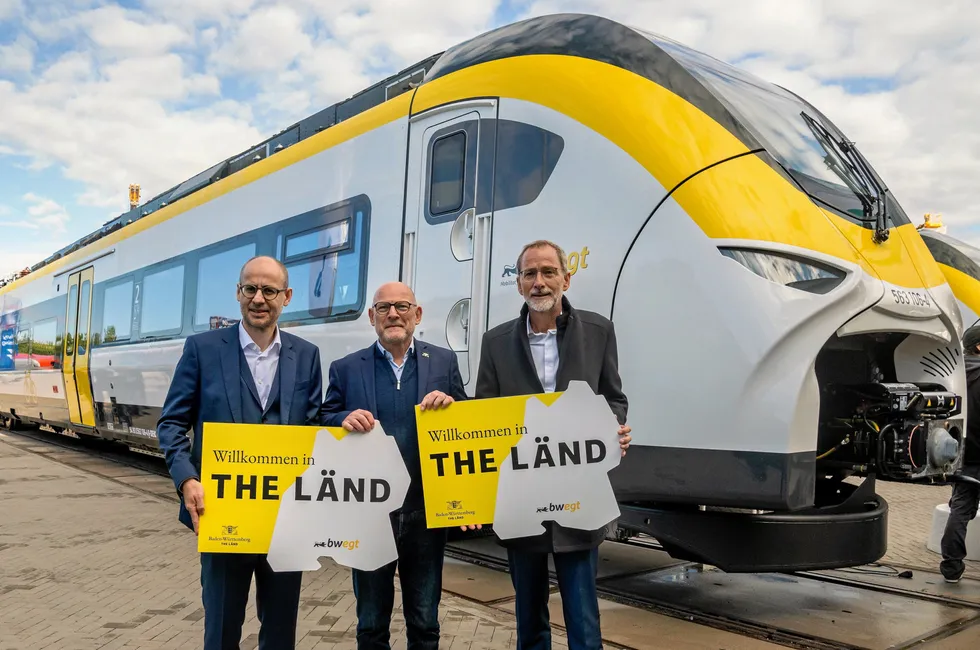'Will no longer be considered' | Hydrogen trains up to 80% more expensive than electric options, German state finds
Study commissioned by Baden-Württemberg concludes that line electrification or battery hybrid trains would be far cheaper over 30 years
